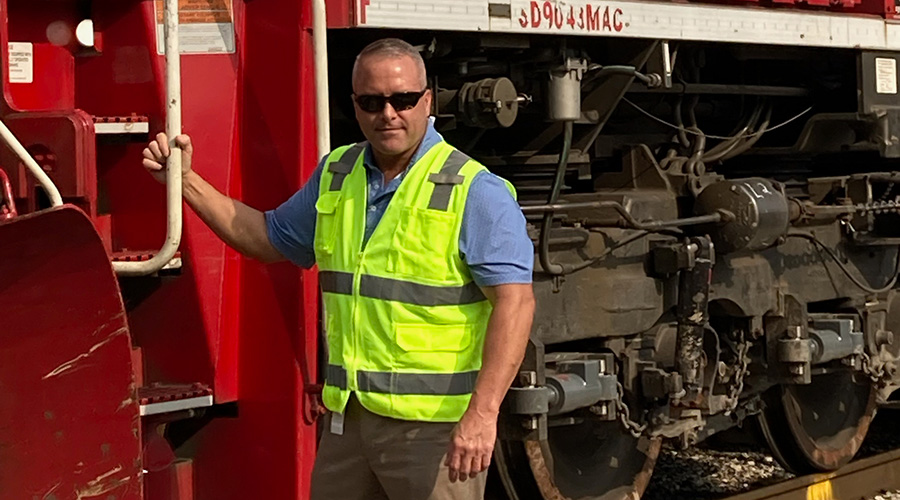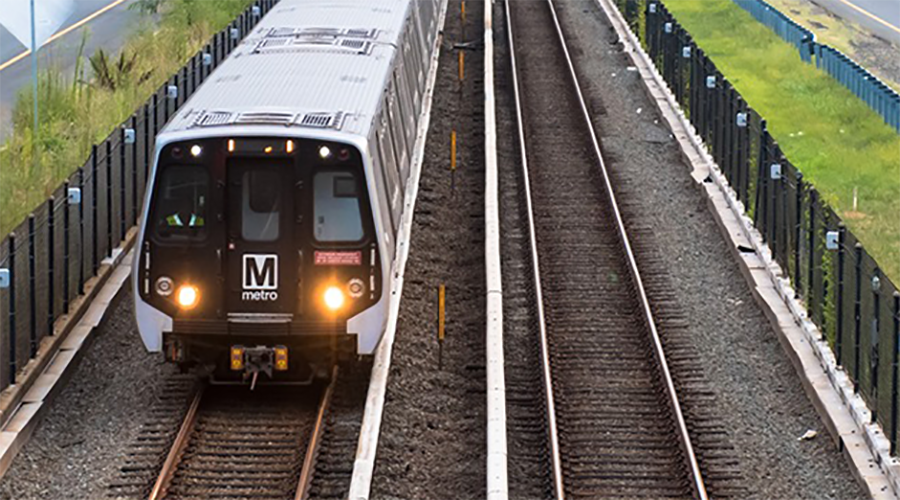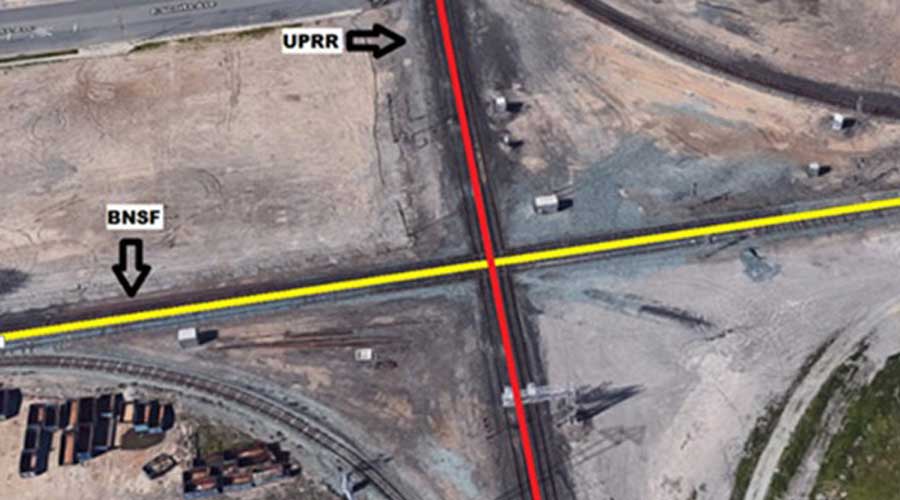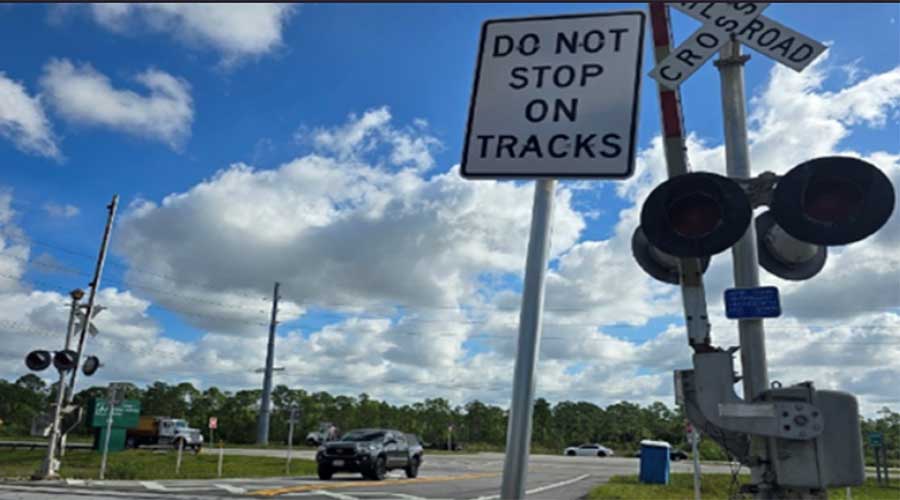Newsletter Sign Up
Stay updated on news, articles and information for the rail industry
Stay updated on news, articles and information for the rail industry
RAIL EMPLOYMENT & NOTICES
Rail News Home
High-Speed Rail
Rail News: High-Speed Rail
3/16/2011
Rail News: High-Speed Rail
Transit-oriented development will play a critical role in HSR's success, state government council says
advertisement
Yesterday, the Council of State Governments (CSG) released a research brief on transit-oriented development and how it can help support high-speed rail development.
The bottom line: State officials should shape development policies along high-speed rail corridors in order to maximize land use. By encouraging development around rail stations, more high-speed rail projects would get funded and ultimately help the systems become successful.
“State governments have a strong role to play in helping to ensure high-speed rail lines have the best chance possible to be successful,” said Sean Slone, senior transportation policy analyst at CSG, in a prepared statement. “There needs to be a solid vision of what states want their mass transit system to be. Local, regional and state policymakers need to be encouraged to work together to coordinate plans, find ways to encourage development and promote public-private partnerships.”
State governments should: promote regional coordination; form collaborative relationships between state agencies; develop goals to promote tax savings and environmental well-being; provide financial incentives or grants for planning, property acquisition and construction; remove regulatory barriers to land use; promote public-private partnerships; provide planning and technical assistance to local governments; and establish pilot programs to test new ideas, according to CSG.
In addition, states should tailor programs that provide loans, grants, tax credits or financial incentives for development so they fit local conditions and various kinds of transit corridors, the brief states.
The bottom line: State officials should shape development policies along high-speed rail corridors in order to maximize land use. By encouraging development around rail stations, more high-speed rail projects would get funded and ultimately help the systems become successful.
“State governments have a strong role to play in helping to ensure high-speed rail lines have the best chance possible to be successful,” said Sean Slone, senior transportation policy analyst at CSG, in a prepared statement. “There needs to be a solid vision of what states want their mass transit system to be. Local, regional and state policymakers need to be encouraged to work together to coordinate plans, find ways to encourage development and promote public-private partnerships.”
State governments should: promote regional coordination; form collaborative relationships between state agencies; develop goals to promote tax savings and environmental well-being; provide financial incentives or grants for planning, property acquisition and construction; remove regulatory barriers to land use; promote public-private partnerships; provide planning and technical assistance to local governments; and establish pilot programs to test new ideas, according to CSG.
In addition, states should tailor programs that provide loans, grants, tax credits or financial incentives for development so they fit local conditions and various kinds of transit corridors, the brief states.


 2025 MOW Spending Report: Passenger-rail programs
2025 MOW Spending Report: Passenger-rail programs
 Gardner steps down as Amtrak CEO
Gardner steps down as Amtrak CEO
 Guest comment: Oliver Wyman’s David Hunt
Guest comment: Oliver Wyman’s David Hunt
 Women of Influence in Rail eBook
Women of Influence in Rail eBook
 railPrime
railPrime








